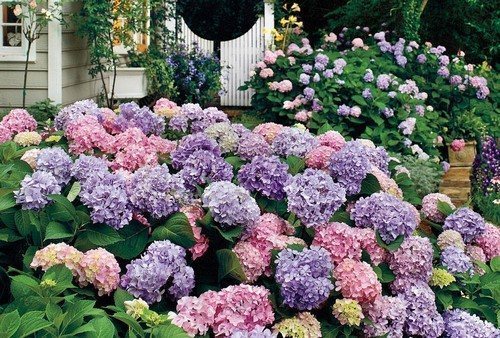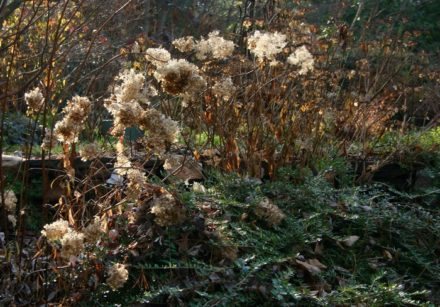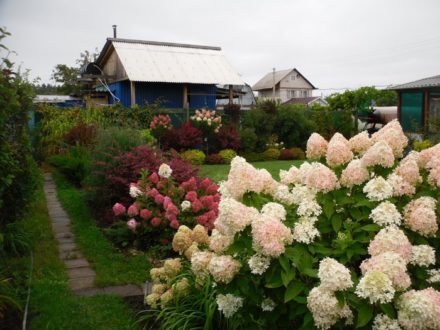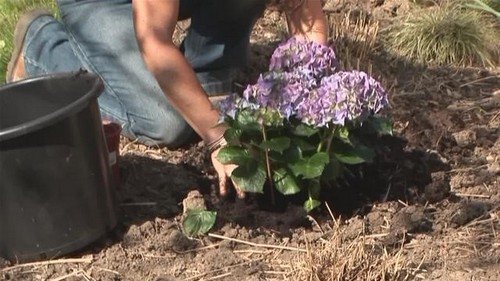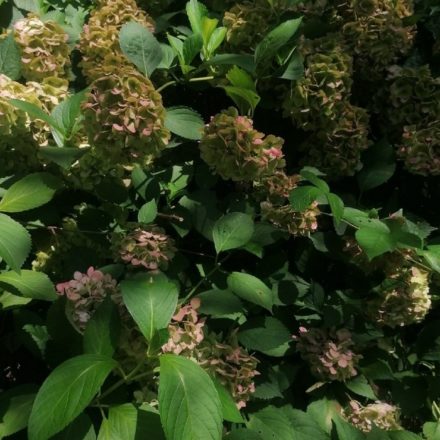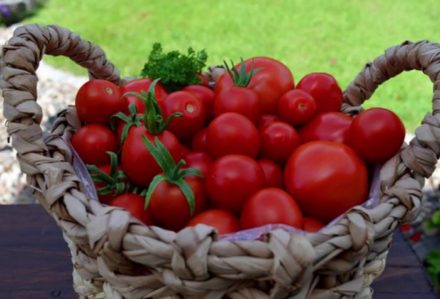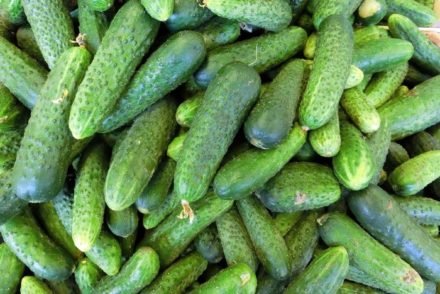Hydrangea is often propagated by cuttings. The main advantage of this method is that new plants retain the varietal characteristics. This is especially important when propagating valuable species. However, cuttings may not always be successful. Gardeners make 5 typical mistakes that lead to cuttings not taking root.
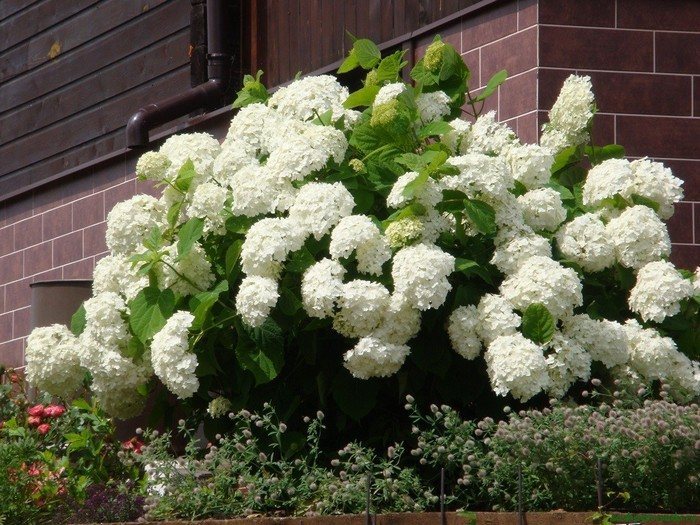
Choosing a bush that is too young or weakened If there are several hydrangea bushes growing on the site, a strong and healthy plant aged 4–5 years is selected for cuttings. It should not show any signs of disease. If the bush grows in a well-lit place, side shoots are also suitable for cutting cuttings.
Cut the branches with a sharp, disinfected pruning shears. When using a dirty tool, bacteria or viruses can get into the plant's vascular system; in this case, the bush will get sick, and the cuttings are unlikely to take root. Work cannot be carried out in direct sunlight, otherwise the cuts on the branches will get sunburned.
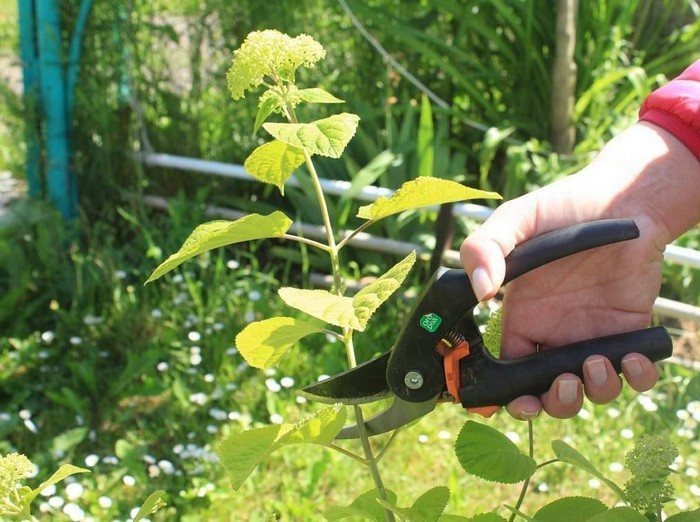
Incorrect preparation of cuttings
In summer, cuttings are carried out from June to the first half of July. The most suitable time is when the buds begin to form. If you prepare cuttings in August, their survival rate will be significantly worse.
Green shoots or those with woody lower parts are selected as material. The very top is carefully cut off, the remaining part of the branch is divided into segments 10-12 cm long.There should be no damage or other defects on the branches. The lower cut is made at an angle of 45° just below the node.
In order for the cuttings to take root well, they need to retain moisture, so it is better to carry out work in the early morning. Cut shoots must immediately be cut and planted for rooting. The lower leaf plates are removed before this, and the upper ones are shortened by half.
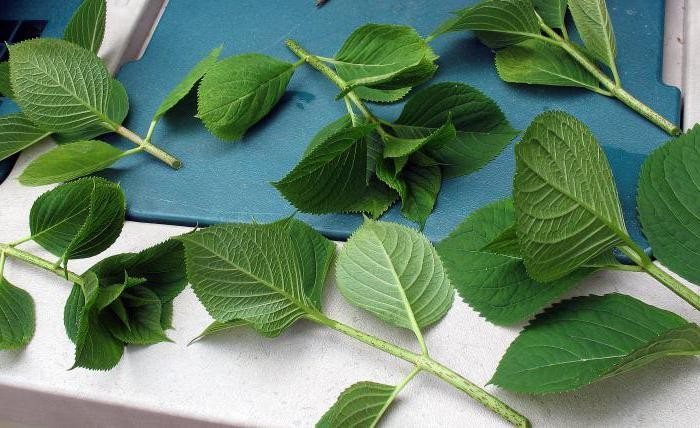
Avoidance of stimulant treatment
Not all hydrangea cuttings take root well. If you do not use stimulants, you will only be able to get a small number of new plants as a result. You can increase the survival rate by treating planting material with the following preparations:
- "Epin";
- "Kornevin";
- "Heteroauxin";
- "HB101".
The processing time of cuttings and dosage depend on the characteristics of the selected drug. “Kornevin” and “Heteroauxin” are produced in the form of a powder, into which the lower part of the cutting is dipped immediately before planting. Other rooting agents are used in the form of soaking solutions.
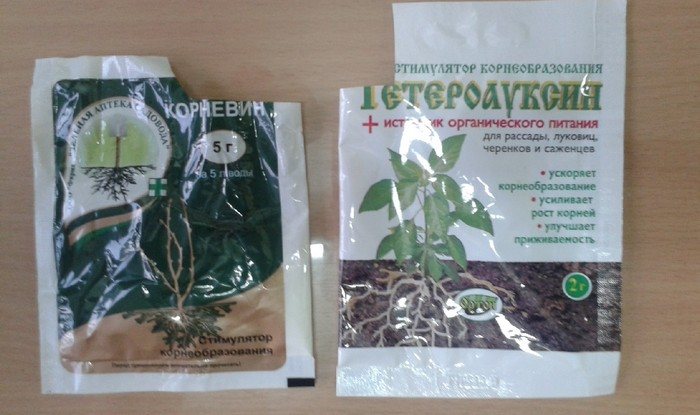
Planting in the ground at right angles
Hydrangea takes quite a long time to take root (about a month). If you plant it in the ground at a right angle, the lower part of the cutting without roots can rot at a depth without access to oxygen with an abundance of moisture. Long-rooting crops are usually planted at an angle of 45°. In this case, most of the cutting will be in a humid environment, which will prevent it from drying out. At the same time, at a shallow depth there is less chance that putrefactive processes will begin in the wood.
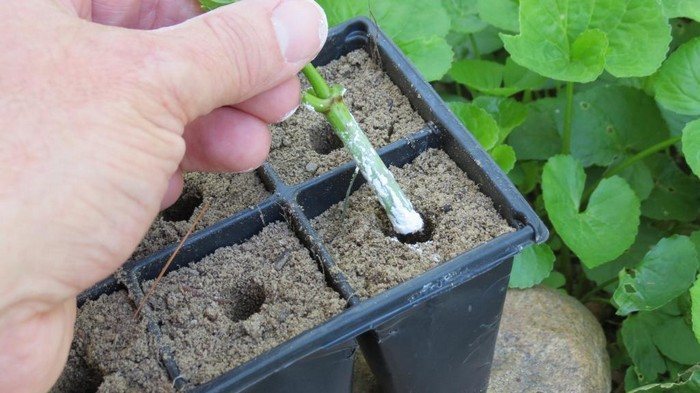
Planting directly into the ground
Sometimes gardeners, after preparing the cuttings, immediately plant them in the ground.In this case, it is difficult to provide the plants with the care that is necessary at this stage, and the hydrangea does not take root. Rooting should be carried out in a container filled with the mixture:
- garden soil;
- sand;
- peat;
- vermiculite.
Add some citric acid crystals to the soil mixture. After 3–4 weeks, the cuttings will produce the first roots. Only the next year are young bushes with formed roots planted in the garden.
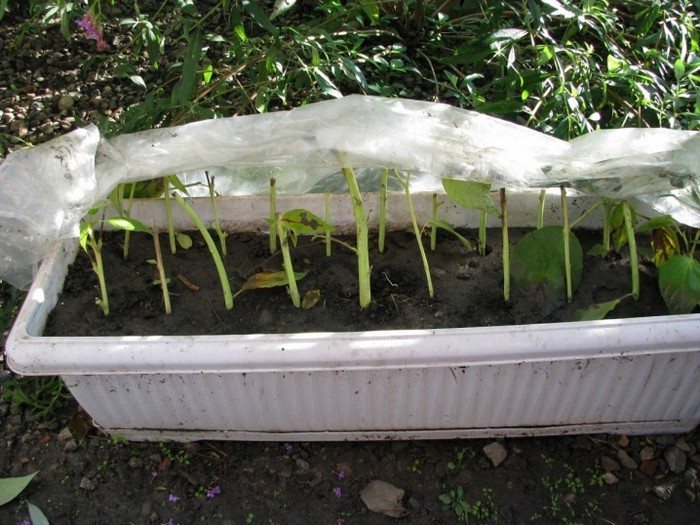
A shaded area is not suitable for planting hydrangeas. When planting cuttings in such an area, you can not count on abundant flowering. The sun should touch the plant at least during the first half of the day.
Planting in the light lacy shade of nearby trees is allowed. It is best to plant seedlings near a fence or building that will protect the hydrangea from the winds. The characteristics of the soil also need to be taken into account. The crop will not grow in alkaline soil.
Cuttings of hydrangeas can also be carried out in spring and autumn, but experts agree that the procedure carried out in the summer is more effective. Of course, only if everything is done according to the rules. For the winter, it is better to move the box with rooted hydrangeas to a cold basement or bury it in the ground until spring.


